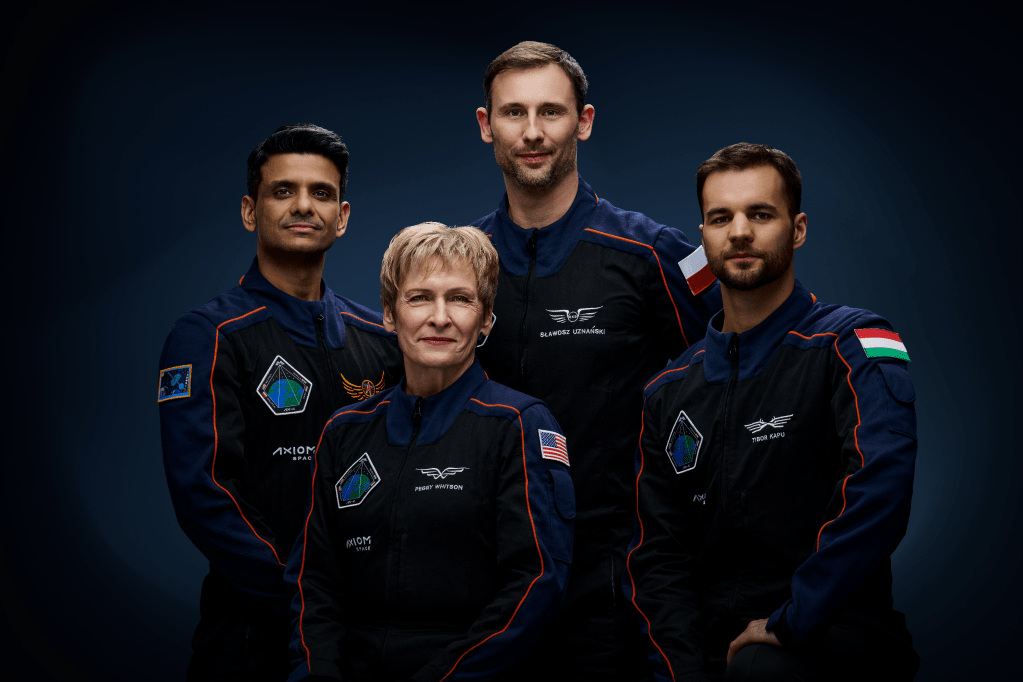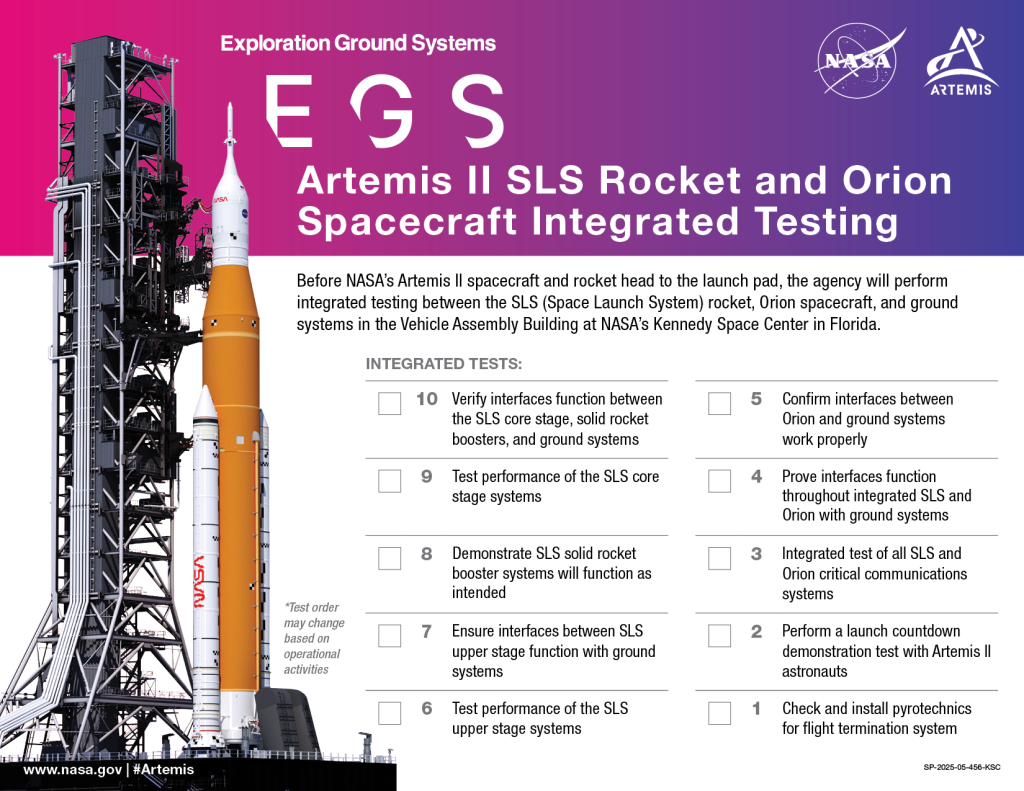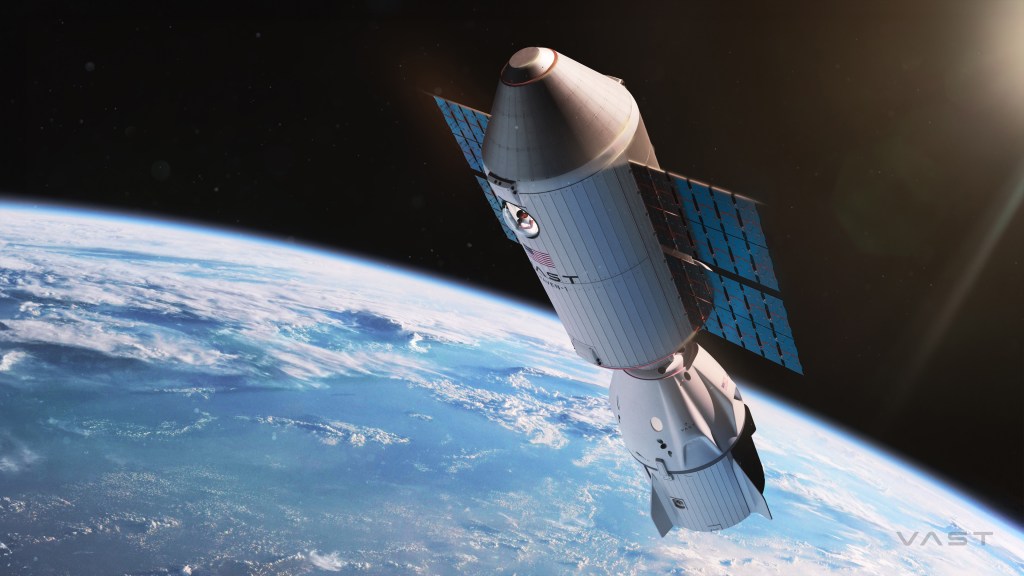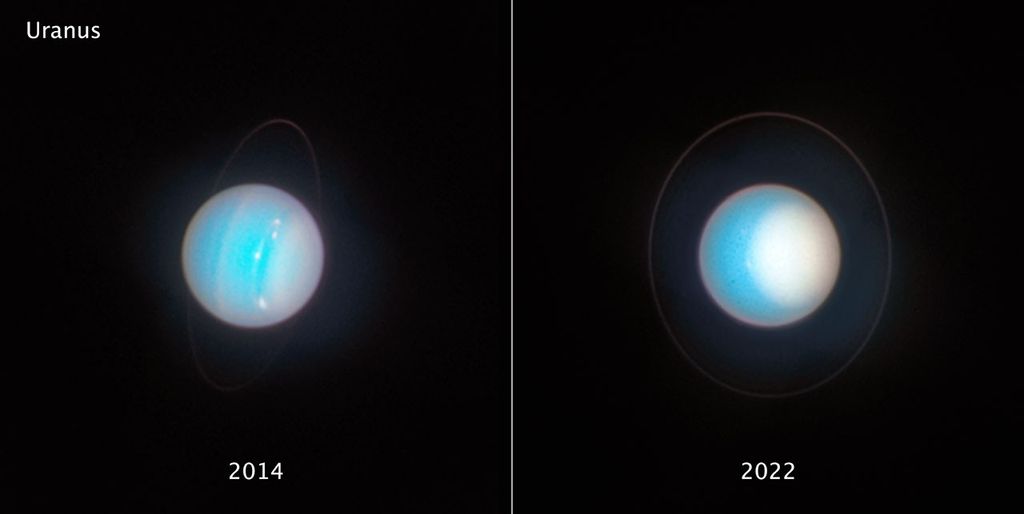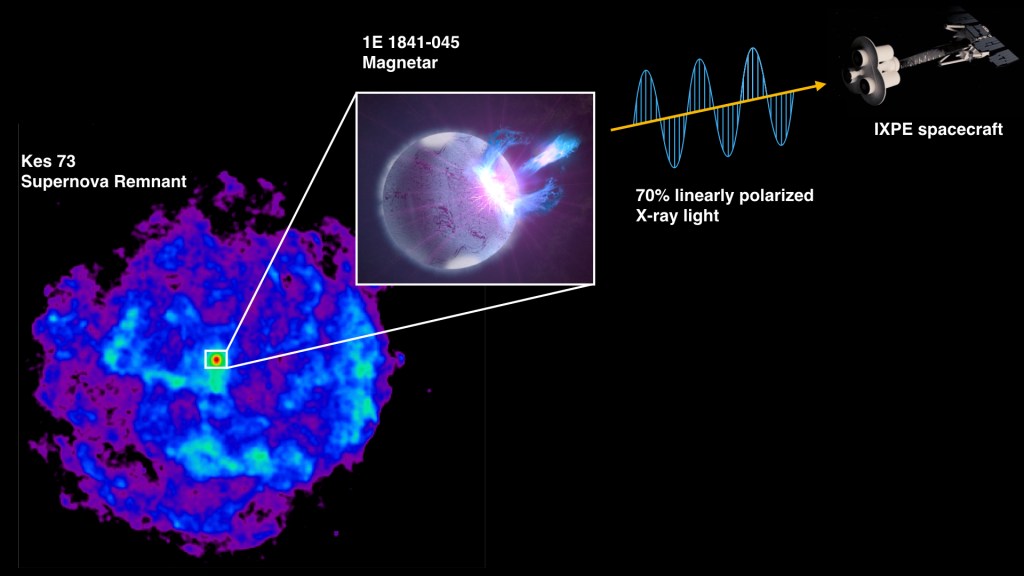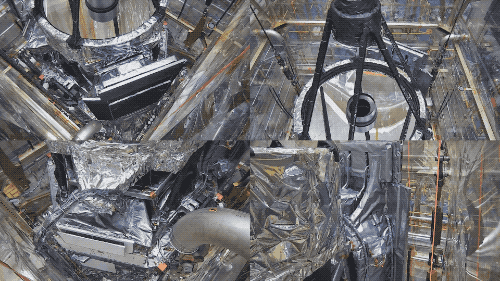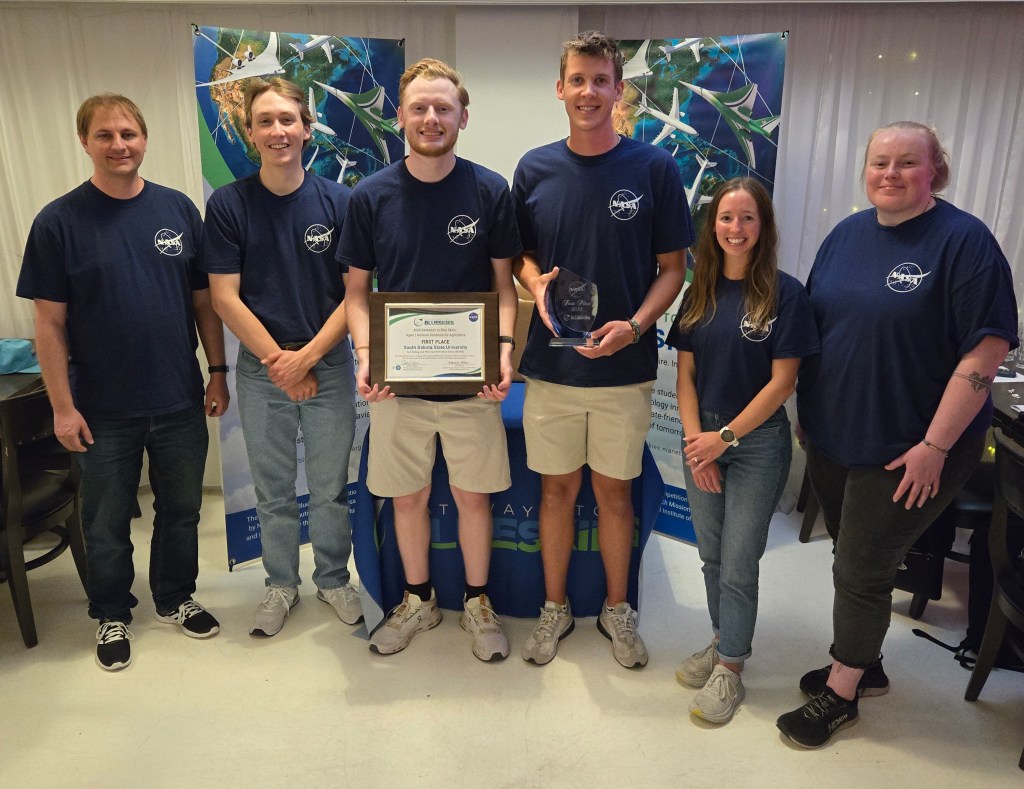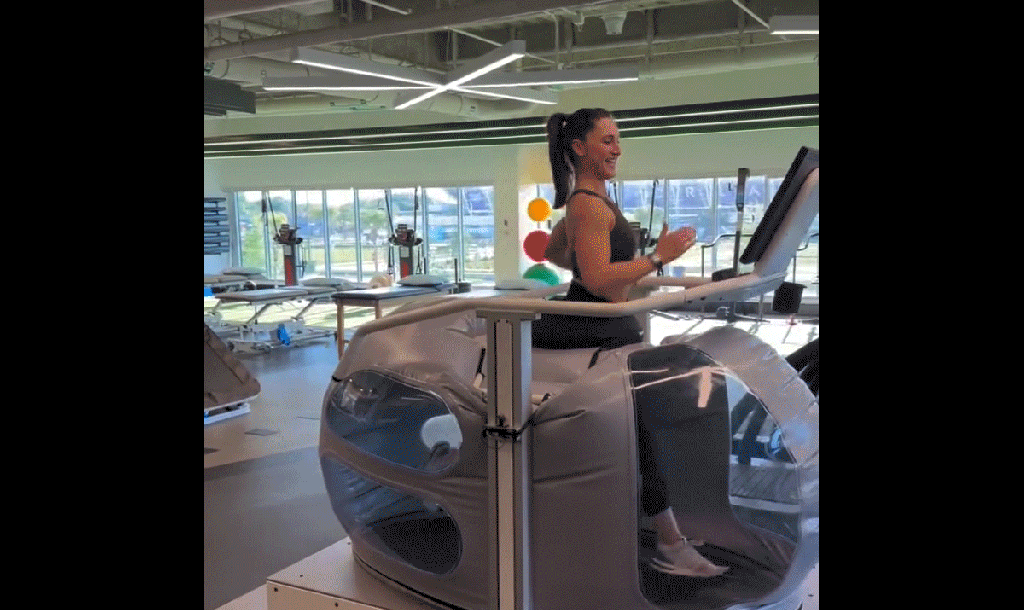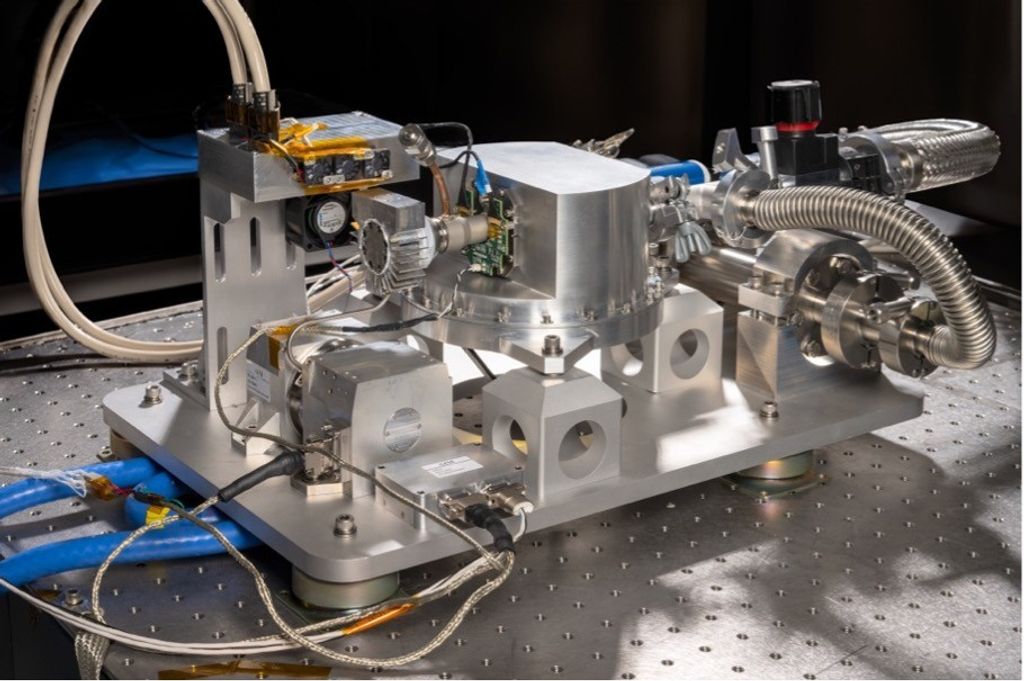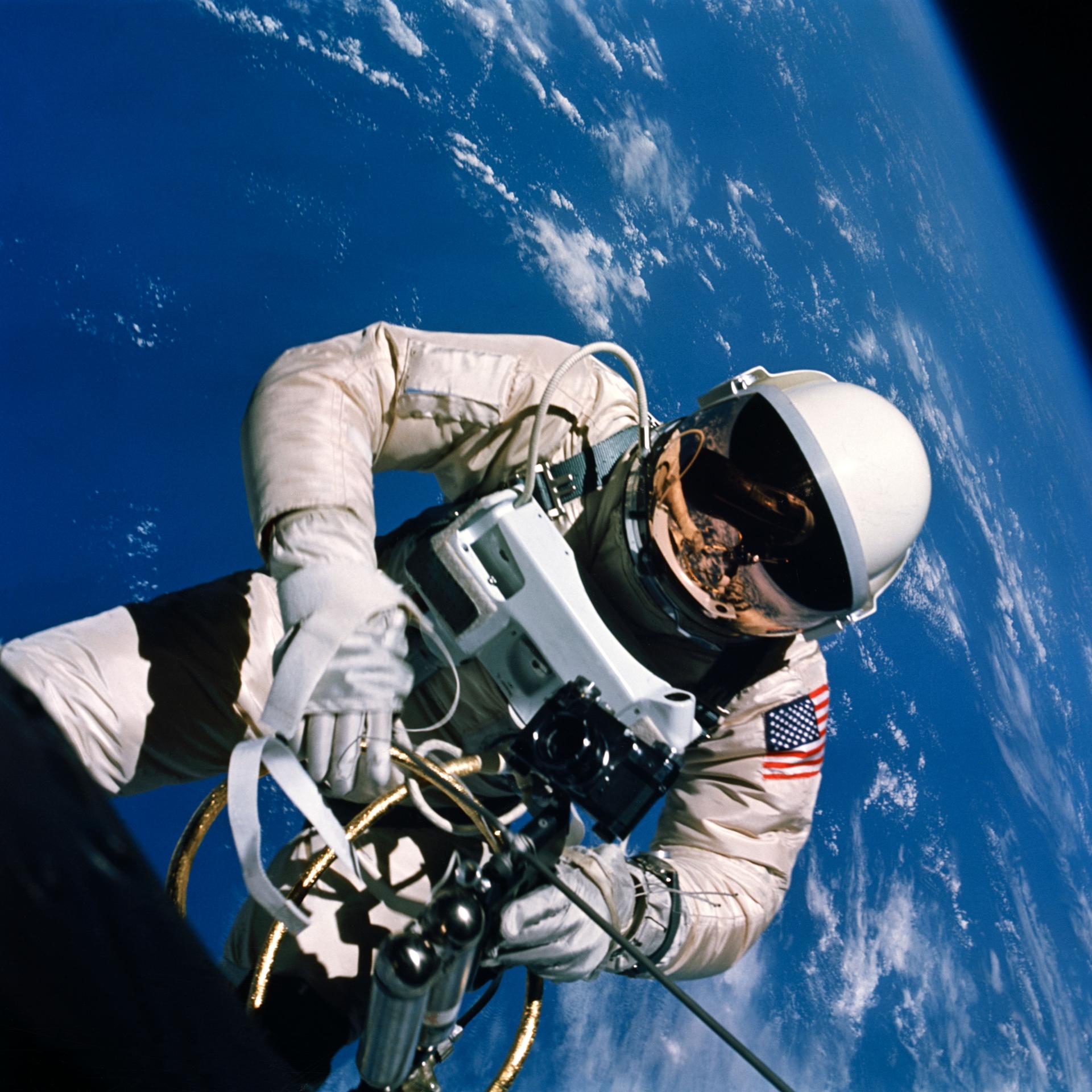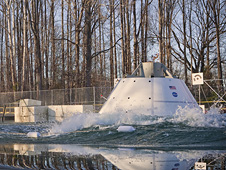NASA’s Langley Research Center completed another successful test of the Orion spacecraft’s landing capabilities in their Hydro Impact Basin.
While workers prepared the 18,000-pound (8,165 kg) Orion capsule to take a dive into the 115-feet-long, 90-feet-wide, 20-feet-deep water basin (35.1 x 27.4 x 6.1 meters), media sat inside a conference room overlooking the action.
Langley offered experts to explain the process and importance of the test.
“It was the second in a series of six that would help predict conditions for a safe water landing,” said Dave Bowles, the head of Langley’s Space Exploration Directorate.
› More MPCV Info
› More HIB Info
Following this round of testing, a new Orion capsule will be delivered to Langley for another series of tests that will capture additional data using sensors. The new vehicle more closely resembles the capsule that will eventually carry astronauts into space.
“What goes up must come down,” Bowles said to the group.
Members of the media grabbed hard hats on their way downstairs to the Gantry floor to witness the drop up close.
More questions followed for the Langley experts until all were asked to step back in preparation for the capsule to be raised into position for the drop. Reporters also wanted to know how everyone played a part.
Lynn Bowman, the manager of Orion’s SPLASH project, spoke about preparation and testing. Steve Gayle, the principal investigator for Orion, talked about the architecture of the boilerplate test article (BTA).
A two-minute warning sounded as people and their cameras grew still and focused on the test capsule.
Finally, a countdown from 15 seconds led into the lowest water basin drop in this series of tests. From a 17-degree angle and a 30-degree roll, the capsule splashed into the basin with a bounce before it was caught by the basin’s arresting system of foam blocks and straps.
“From that angle, the BTA responded as the analysts predicted it would,” Bowman said.
After the collar ceased swinging about 20 minutes later, the capsule was retrieved from the pool by a crane, placed onto a platform and transported to a nearby building where it will remain until its next scheduled test on November 8.





